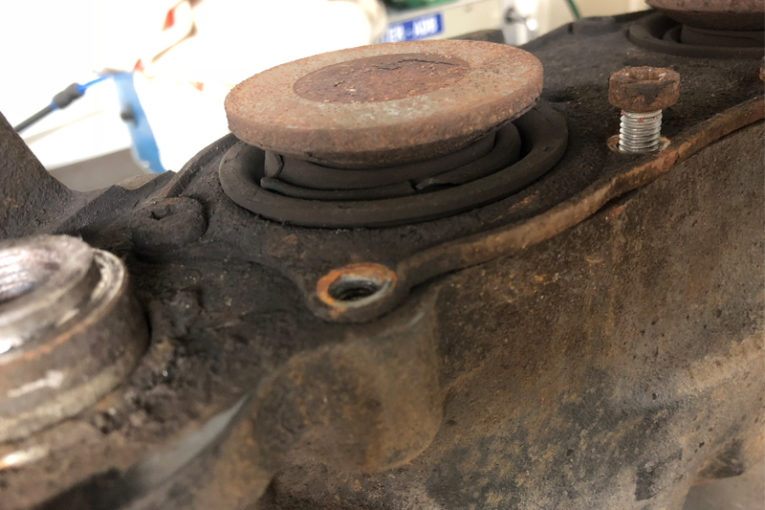
In this latest instalment, MEI looks at the inspection and servicing of tappet heads and seals.
The pistons and tappet heads have an important function in the brake caliper as they clamp the pads to the disc, and whilst the tappet heads are rarely damaged, the seals behind them have to perform under difficult conditions, particularly heat and dirt.
Checking the condition of the tappet seals is important during a regular vehicle inspection, but they can be difficult to inspect without removing the pads. However, shining a torch into the area between the inboard pad and the housing can give a good initial view of the seals. The seal in Fig.1 has heat damage, which should be possible to detect without removing the pads. However, a tappet seal in this condition must be replaced immediately in order to prevent further damage to the brake.
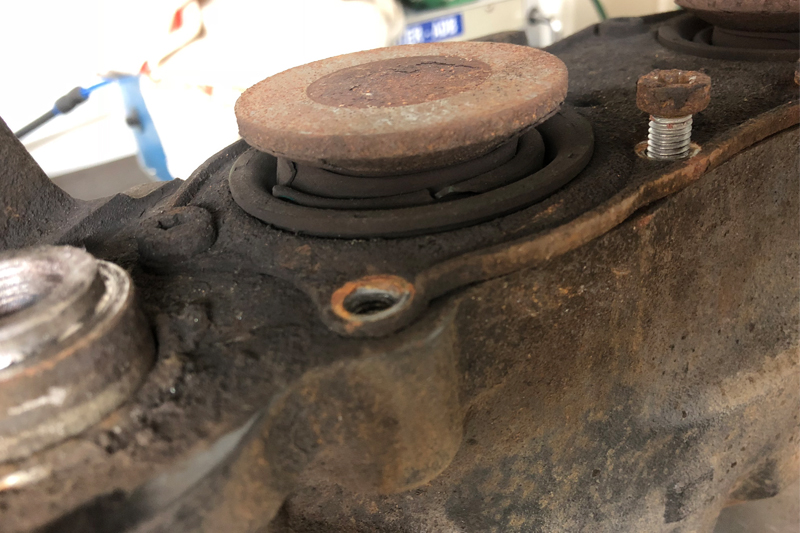
It is difficult to see the tappet seal if the piston is not extended. Therefore, to carry out a proper inspection, adjust the pistons out so that the seal is fully visible. Take care: Limit the extension to no more than 30mm from the front cover! (Fig.2)

Further to last month’s article, if the brake has seen higher temperatures through sticking guide sleeves, it is important to check for other effects and issues caused by this.
The main one is the possibility of damaged tappet boots through excessive heat (Fig.3).
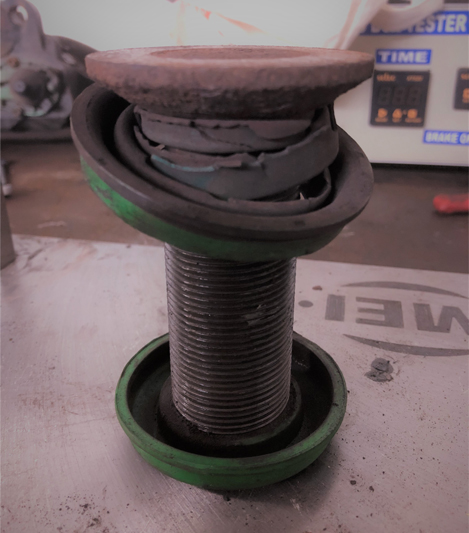
In Fig.4, the primary seals have been removed from the front cover, showing a good example of a damaged tappet boot (right hand) with water/dirt discolouring the secondary seal, putting the brake at risk of water ingress if the primary seal is not changed. The left hand seal is OK and highlights the difference in colour.

After removing the damaged seal, the piston threads can be carefully cleaned with a small wire brush (Fig.5), so long as dirt and corrosion is not excessive. However, take care to assess the condition of the secondary seal and make sure there are clean threads underneath the seal. If corrosion extends under the secondary seal, the caliper should be replaced.
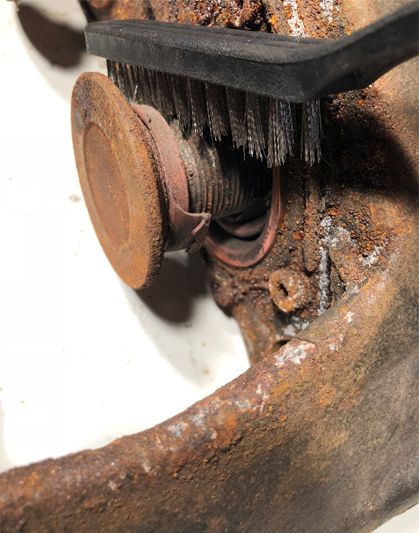
Tappet heads should be carefully removed with the correct service tool as damage to the piston threads will prevent the brake from being adjusted for the fitment of new pads (Fig.6).
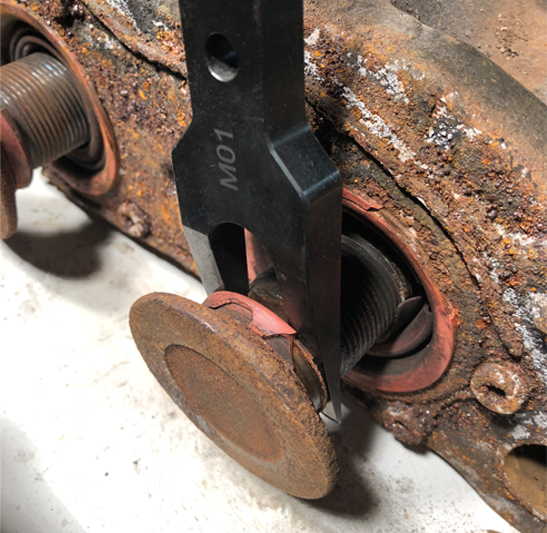
If necessary, remove the secondary seal to make a more detailed assessment and then replace with a new secondary seal from the repair kit (Fig.7).
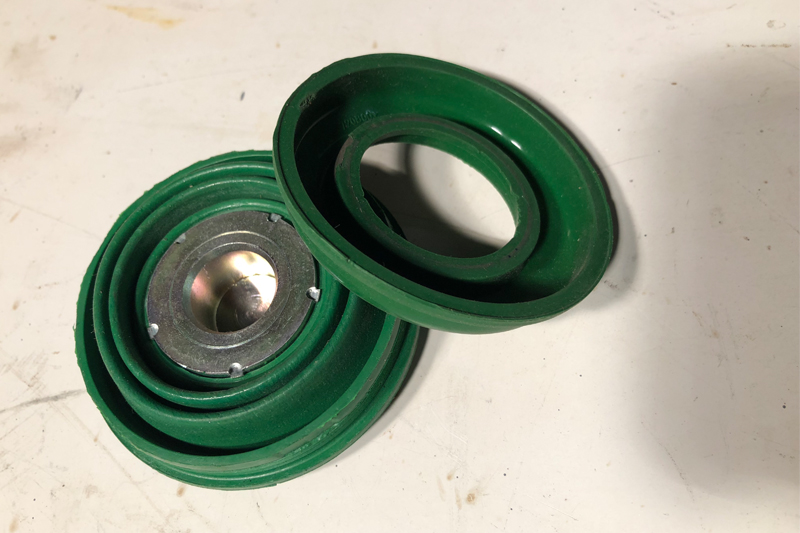
After removing the tappet seal, check the cover plate – if the sealing interface is damaged or corroded, then the caliper should be replaced. On re-assembly, lubricate the piston threads with the white grease supplied in the kit (5F1500) (Fig.8).
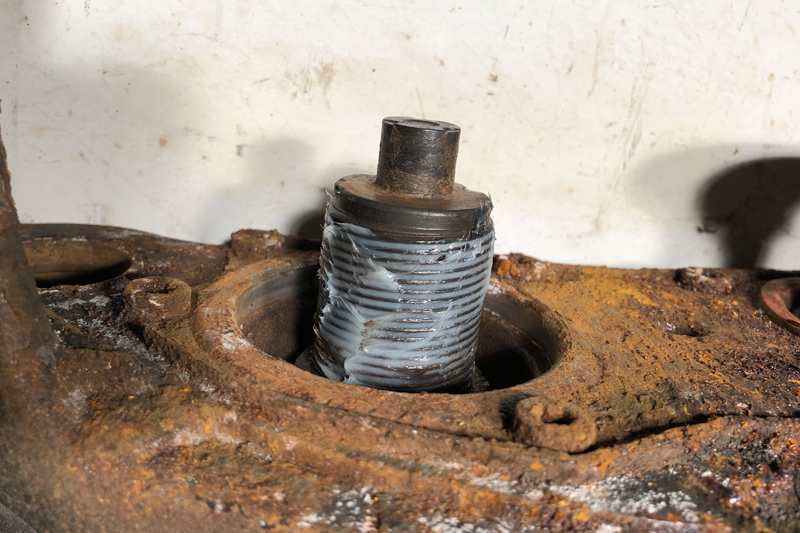
It is important to lubricate the face of the tappet head that touches the end face of the piston, as the piston must be free to rotate while the tappet head is static. Use black (high pressure) grease supplied in the kit (5F1505), (Fig.9 and 10).


Lastly, for re- assembly, use of the correct tool makes for accurate refitting of the tappet seal and tappet head (Fig.11).
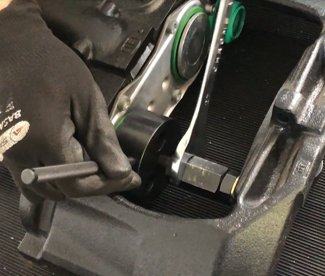
Note that the tappet heads and seals can be replaced with the caliper either on or off the vehicle using the MEI tool kit (see the MEI website for full instructions).
Tappet Heads and seals are often overlooked and need to be part of the regular vehicle check. Ensure good quality repair kits and the correct service tools are used for the job. It is a straightforward repair, but care must be taken to assess whether corrosion has taken hold or not. The threads need to be able to be cleaned with hand tools so that the pistons wind in and out without excessive force.








